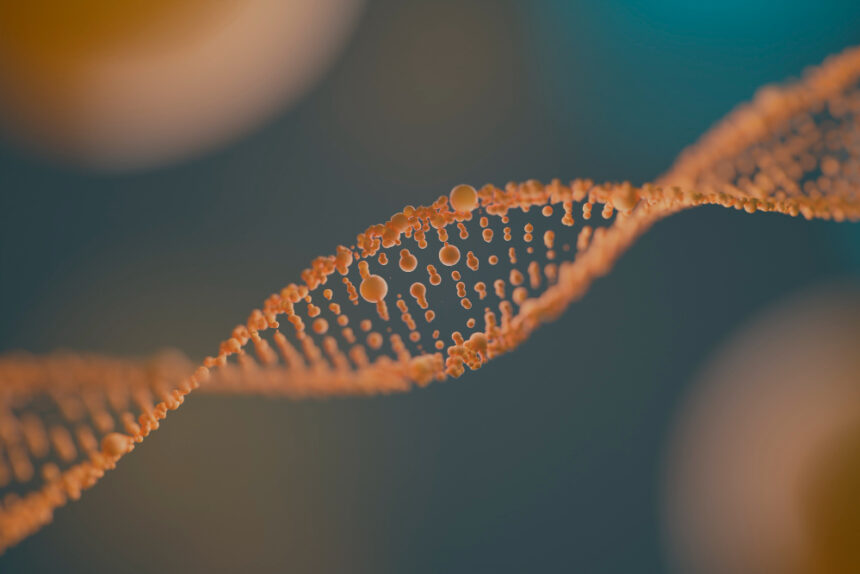Birds, which are so variable in form and so cosmopolitan in distribution, provide a marvelous focus for the study of the past history of our complex globe.
It is argued that birds are especially vulnerable to changes in the environment because they are creatures that move across continents through different climates and habitats. More importantly, these changes are demonstrated not only in what the new metaphoric primates do or look like but are fixed in their genes.
The forced evolution of birds over time due to pollution, habitat loss, and climatic changes has played a significant role in determining this.
Deoxyribonucleic acid, or DNA, can undergo inherited changes that compound generation after generation, offering researchers molecular evidence of how species have evolved to face novel challenges. These changes can be studied.
For instance, changes in genes that affect metabolism, feather colour, and migration routes let researchers uncover how birds have adapted to temperatures, modified diet or geographical barriers.
Migrant studies are perhaps one of the most vivid illustrations of this argument. With changes in climates, the migration patterns of numerous bird varieties have changed when, where and how they migrate. These behavioral changes have been shown to be correlated with genetic modifications that allow for altered migratory ranges, breeding schedules, or dietary preferences.
As for the structural changes, urban conditions also promoted the increased speed of selective adjustments, for example, the changes in the beak size and its configuration connected with new food sources or the changes that enabled the birds to minimize the negative effects of noise pollution.
In addition, avian DNA allows one to learn about what was happening in the environment in the past, such as glaciation periods or volcanic activities that pushed some species into other geographical regions.
Accordingly, by comparing the present birds’ genetic distribution to that of the past, scientists are able to understand how species have moved, adapted, or declined in response to such occurrences.
In other words, the genetic makeup of birds can be seen as a permanent record of their existence, extending back myriads of years of life as they have confronted and adapted to the environment. An important process sustains it as we persistently grapple with unprecedented environmental circumstances. The information in these generalised genetic stories assumes importance.
ASH CK

